Glycerin
Glycerin (or glycerol) is incredibly versatile, and its uses span pharmaceuticals, cosmetics, food, and industry. Here’s a structured breakdown:
Chemical Identity
IUPAC Name: Propane-1,2,3-triol
Molecular Formula: C₃H₈O₃
Molar Mass: 92.09 g/mol
Structure: Three carbon atoms, each bonded to a hydroxyl (-OH) group:
HO-CH2-CH(OH)-CH2-OH
Physical Properties Relevant to Chemistry
Appearance: Colorless, odorless, viscous liquid
Solubility: Highly soluble in water due to hydrogen bonding; also miscible with alcohols.
Boiling Point: 290 °C (decomposes before boiling significantly)
Melting Point: 17.8 °C
Chemical Properties
Hydroxyl Groups Reactivity:
The three –OH groups make glycerin highly hydrophilic and capable of forming hydrogen bonds.
Can undergo esterification with acids to form triglycerides.
Acid-Base Behavior:
Mildly acidic due to hydroxyl hydrogens but largely neutral in solution.
Can act as a polyol (multi-hydroxy alcohol) in reactions with acids and oxidizing agents.
Oxidation Reactions:
Can be oxidized to form compounds like glyceraldehyde, dihydroxyacetone, or glyceric acid.
Strong oxidizers may completely oxidize glycerin to CO₂ and water.
Reduction Reactions:
Can be reduced further in specialized reactions, though it’s already an alcohol.
Dehydration:
Heating with strong acids (like H₂SO₄) causes dehydration, producing acrolein (a toxic aldehyde).
Combustion:
Glycerin is combustible and burns with a smoky flame, producing CO₂ and H₂O.
Key Chemical Traits
Hygroscopic: Absorbs water from the air.
Stable under normal conditions, but reactive with strong acids, bases, and oxidizers.
Polyfunctional: Its multiple hydroxyl groups allow it to act as a building block in pharmaceuticals, cosmetics, and food chemistry.
₦750,000.00
Description
Chemical Identity
IUPAC Name: Propane-1,2,3-triol
Molecular Formula: C₃H₈O₃
Molar Mass: 92.09 g/mol
Structure: Three carbon atoms, each bonded to a hydroxyl (-OH) group:
HO-CH2-CH(OH)-CH2-OH
Physical Properties Relevant to Chemistry
Appearance: Colorless, odorless, viscous liquid
Solubility: Highly soluble in water due to hydrogen bonding; also miscible with alcohols.
Boiling Point: 290 °C (decomposes before boiling significantly)
Melting Point: 17.8 °C
Chemical Properties
Hydroxyl Groups Reactivity:
The three –OH groups make glycerin highly hydrophilic and capable of forming hydrogen bonds.
Can undergo esterification with acids to form triglycerides.
Acid-Base Behavior:
Mildly acidic due to hydroxyl hydrogens but largely neutral in solution.
Can act as a polyol (multi-hydroxy alcohol) in reactions with acids and oxidizing agents.
Oxidation Reactions:
Can be oxidized to form compounds like glyceraldehyde, dihydroxyacetone, or glyceric acid.
Strong oxidizers may completely oxidize glycerin to CO₂ and water.
Reduction Reactions:
Can be reduced further in specialized reactions, though it’s already an alcohol.
Dehydration:
Heating with strong acids (like H₂SO₄) causes dehydration, producing acrolein (a toxic aldehyde).
Combustion:
Glycerin is combustible and burns with a smoky flame, producing CO₂ and H₂O.
Key Chemical Traits
Hygroscopic: Absorbs water from the air.
Stable under normal conditions, but reactive with strong acids, bases, and oxidizers.
Polyfunctional: Its multiple hydroxyl groups allow it to act as a building block in pharmaceuticals, cosmetics, and food chemistry.
1. Pharmaceutical and Medical Uses
Humectant and Moisturizer: Keeps skin soft in creams, ointments, and lotions.
Laxative: Used in suppositories to relieve constipation.
Cough Syrups and Elixirs: Serves as a sweetening agent and stabilizer.
Wound Care: Helps maintain moisture in dressings and topical medications.
Drug Carrier: Acts as a solvent for certain medications.
2. Cosmetic Uses
Skin Care: Moisturizers, soaps, and facial masks.
Hair Care: Shampoos and conditioners to retain moisture.
Toothpaste: Prevents drying and maintains texture.
3. Food Industry Uses
Sweetener: Mildly sweet and calorie-containing.
Humectant: Keeps baked goods and candies moist.
Solvent: For food colorings, flavorings, and extracts.
Preservative: In some processed foods to prevent drying.
4. Industrial Uses
Antifreeze and Coolants: Lowers freezing point in some industrial solutions.
Explosives: Precursor for nitroglycerin (used in dynamite and propellants).
Plasticizer: In plastics, it makes materials more flexible.
Lubricant: For certain machinery and metalworking fluids.
Resins and Polymers: Used in production of alkyd resins.
5. Miscellaneous Uses
Personal Care Products: Deodorants, shaving creams, and hand sanitizers.
Veterinary Uses: Moisturizer and laxative in animal care.
Laboratory Uses: Solvent, reagent, and cryoprotectant (protects cells during freezing).

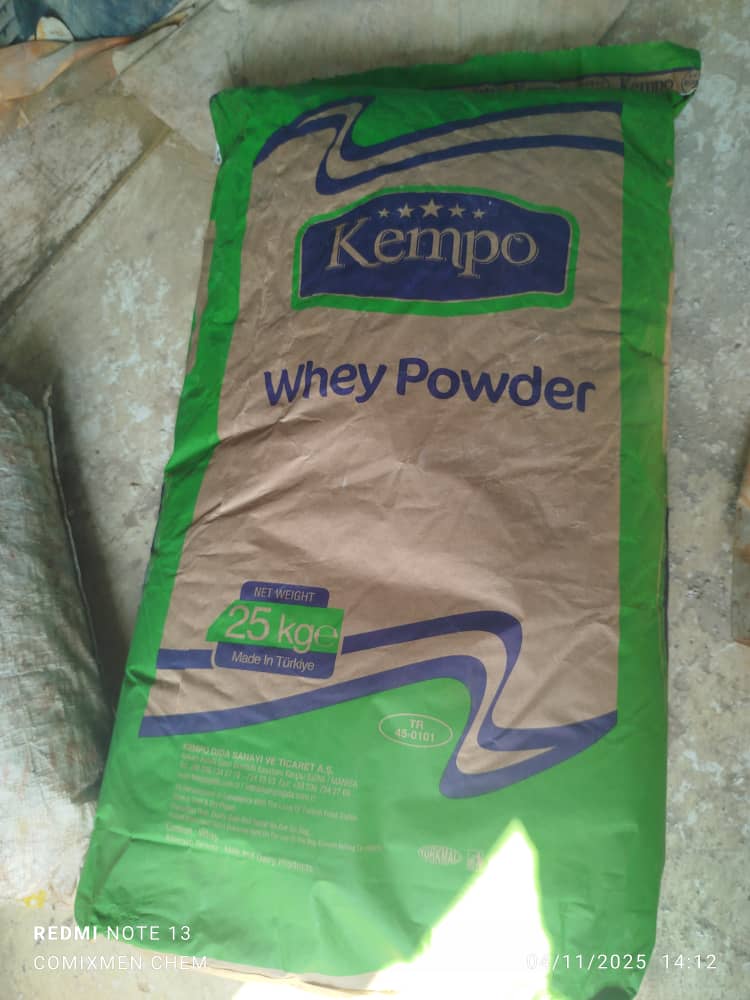




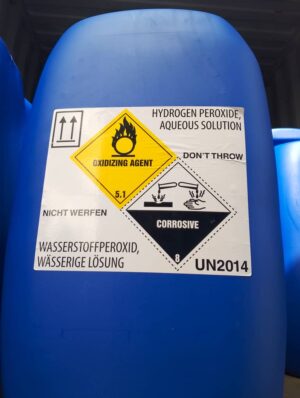
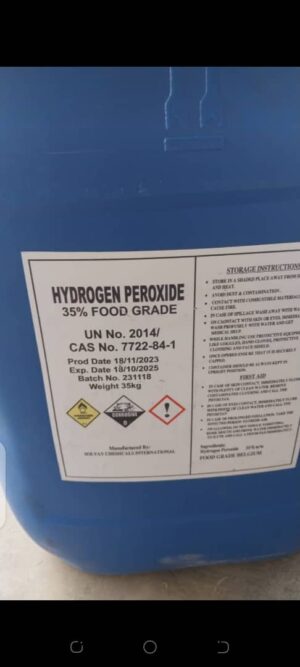
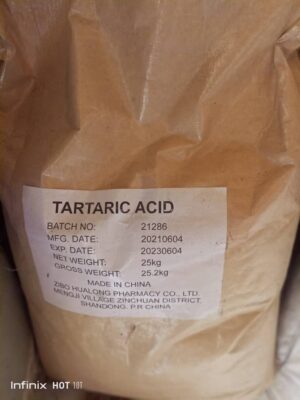
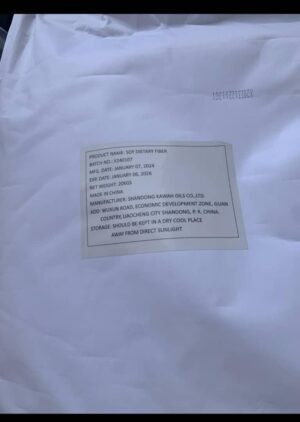

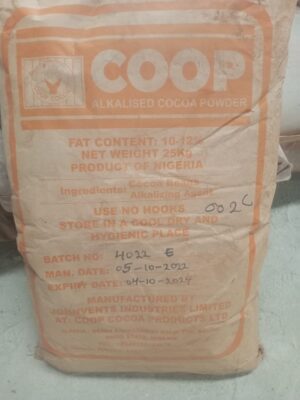
Reviews
There are no reviews yet.